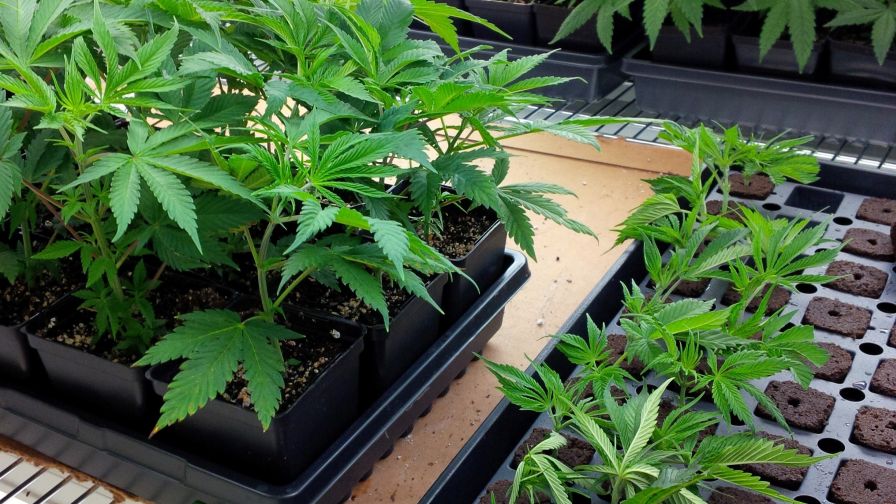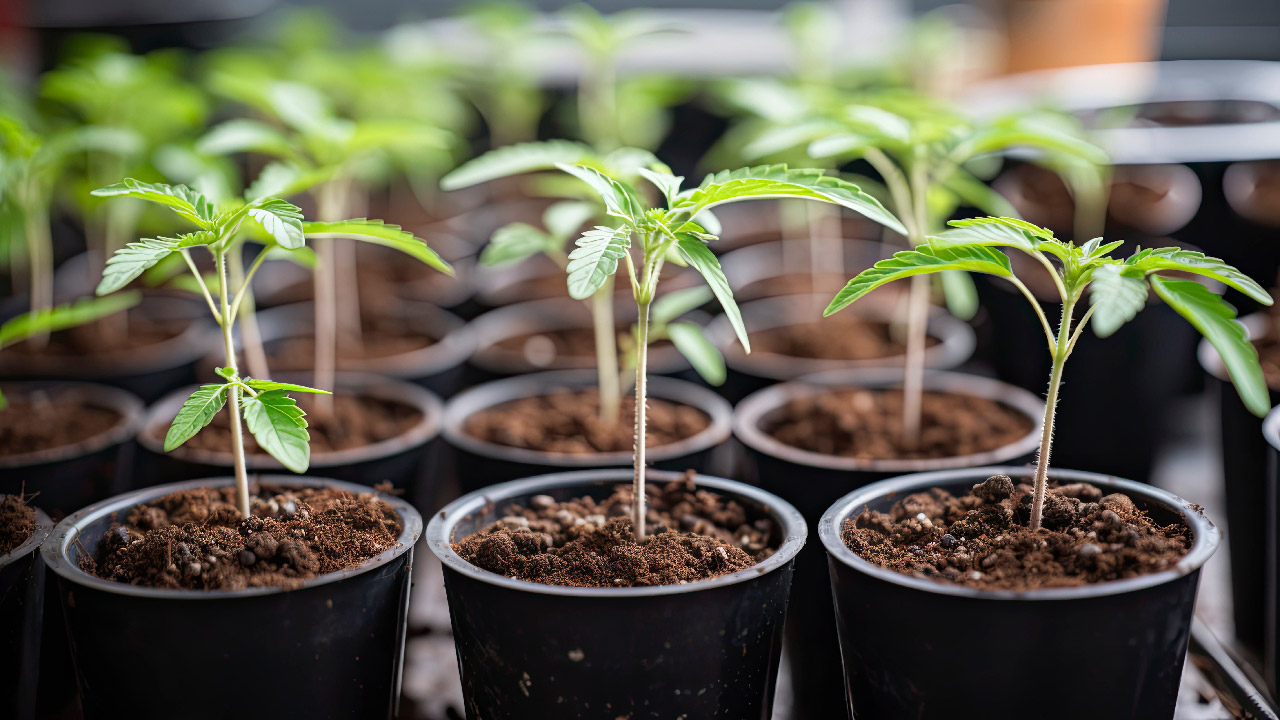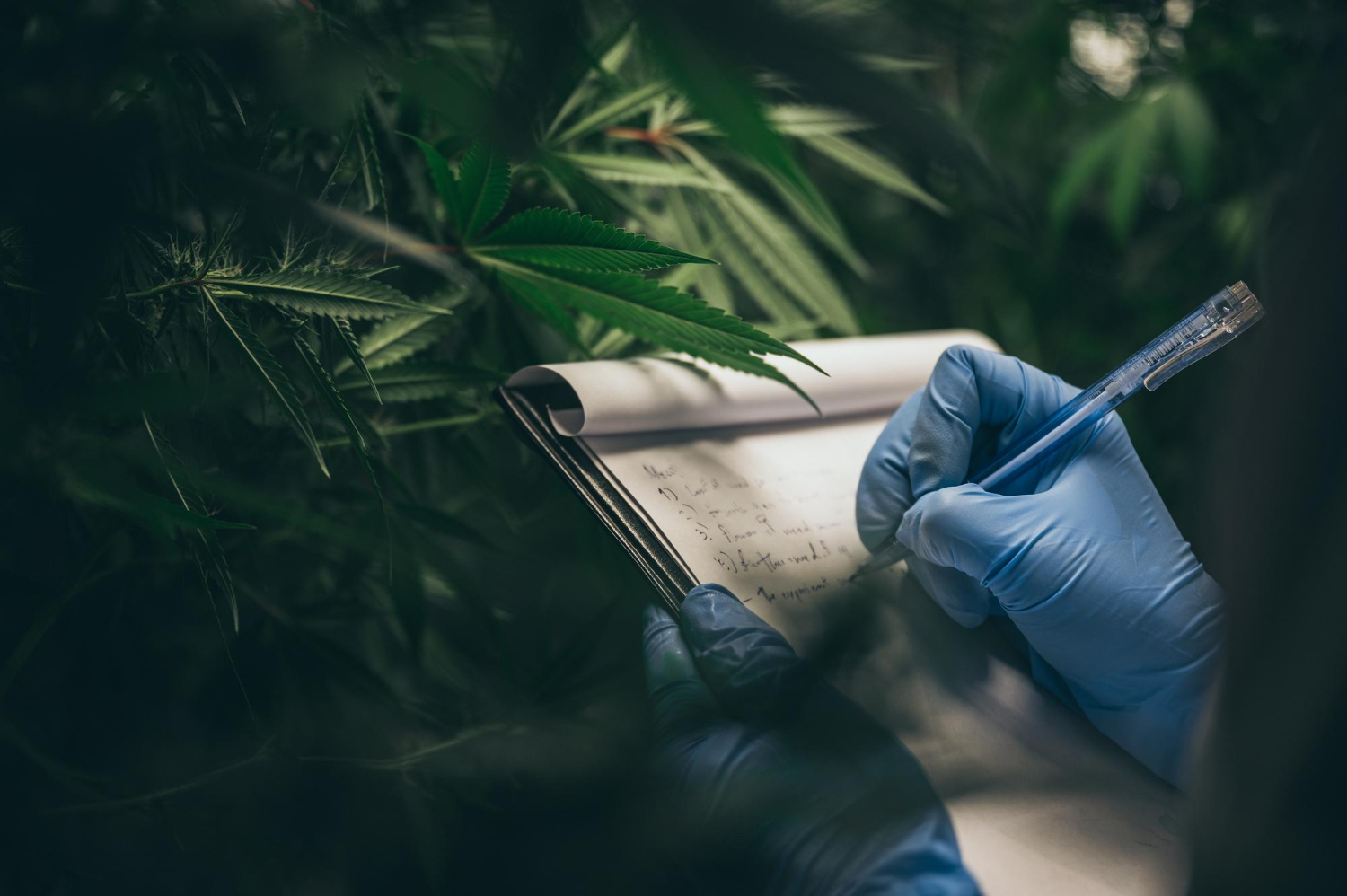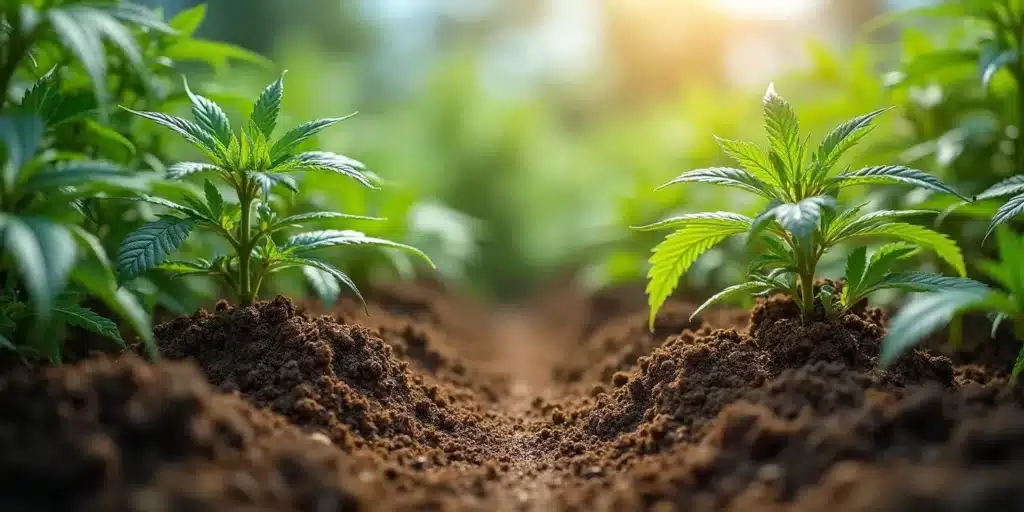Cloning remains one of the most effective ways to replicate cannabis plants with desirable genetics, ensuring uniform growth, consistent cannabinoid profiles, and predictable yields. In 2025, advances in cultivation techniques and cloning equipment have made the process more accessible, but the success of cloning still depends heavily on the quality of the cuttings you choose. From selecting the right mother plant to preparing cuttings for optimal rooting, each step plays a crucial role in determining whether your clones thrive or struggle.
Selecting a Healthy Mother Plant

The foundation of successful cloning is a robust, pest-free, and genetically stable mother plant. Ideally, the mother should be at least eight weeks into the vegetative stage, displaying strong branching and a vigorous root system. Plants that have been consistently healthy, free of nutrient deficiencies, and grown under stable conditions are more likely to pass on desirable traits to clones. Choosing a plant with proven yields, terpene profiles, and resistance to disease ensures that your cuttings will carry these benefits into their own growth cycles. Regular pruning and nutrient care for the mother plant also help produce multiple strong cut sites for future cloning sessions.
Choosing the Right Cutting Location
Not all parts of the plant are equally suited for cloning, and selecting the correct cutting location can make a significant difference in rooting success. Mid-level branches are ideal because they offer a balance between flexibility and maturity, known as semi-hardwood stems. These sections have enough stored energy to encourage rapid root development while remaining soft enough for efficient nutrient uptake. Each cutting should be about 10–15 centimetres long, with at least two or three healthy nodes. Avoid weak upper shoots or overly woody lower stems, as these can result in slower root initiation or lower survival rates.
Preparing Cuttings for Rooting
Once you’ve selected the branches, preparation must be done immediately to prevent air embolisms that block water uptake. Using a sterilised, sharp blade or scissors, make a clean 45-degree cut just below a node to maximise the rooting surface area. Remove any leaves that would be submerged in the rooting medium to reduce the risk of rot, and trim larger fan leaves by half to limit moisture loss through transpiration. Some growers lightly scrape the outer stem layer to expose the cambium, enhancing root initiation when combined with a rooting hormone gel or powder. This preparation phase directly impacts the speed and success of root development.
Providing the Best Rooting Environment
Even the healthiest cuttings will struggle without an optimal rooting environment. Humidity should be kept high—between 70% and 80%—to prevent excessive water loss while the cutting develops roots. Temperatures between 20°C and 25°C create the best conditions for root formation, and gentle, low-intensity lighting on an 18-hour schedule keeps the plants photosynthesising without stressing them. Rooting mediums such as rockwool cubes, coco coir plugs, peat pellets, or aeroponic cloners all have their advantages, but the key is sterility and consistent moisture without waterlogging. A small propagation dome can help maintain both humidity and temperature stability during the rooting process.
Avoiding Common Cloning Mistakes
Many cloning failures stem from a few common errors that are easily avoided with careful technique. Taking cuttings from stressed plants, whether due to pests, nutrient imbalances, or recent environmental changes, reduces rooting success. Using dull or unsterilised cutting tools increases the risk of infection and tissue damage. Overwatering the rooting medium can suffocate the developing roots, while insufficient humidity leads to wilting. Rushing the process and transplanting too early can shock the clone before it has developed a strong enough root system to support new growth. By focusing on healthy donor plants, clean tools, and stable conditions, growers can greatly improve cloning outcomes.
Monitoring and Transitioning Clones to Vegetative Growth

Once roots have emerged—typically within 7 to 14 days for most strains—it’s important to transition clones gradually into their vegetative phase. Start by slightly lowering humidity to harden them off, allowing their root systems to adapt to less controlled conditions. Introduce a gentle vegetative nutrient solution at low strength to avoid nutrient burn, and gradually increase light intensity over several days. By ensuring a smooth transition, clones can continue developing without stress, leading to stronger plants that are ready for full-scale growth. A carefully nurtured clone not only survives but thrives, replicating the genetics and quality of its mother plant for a successful grow.





Leave a Reply